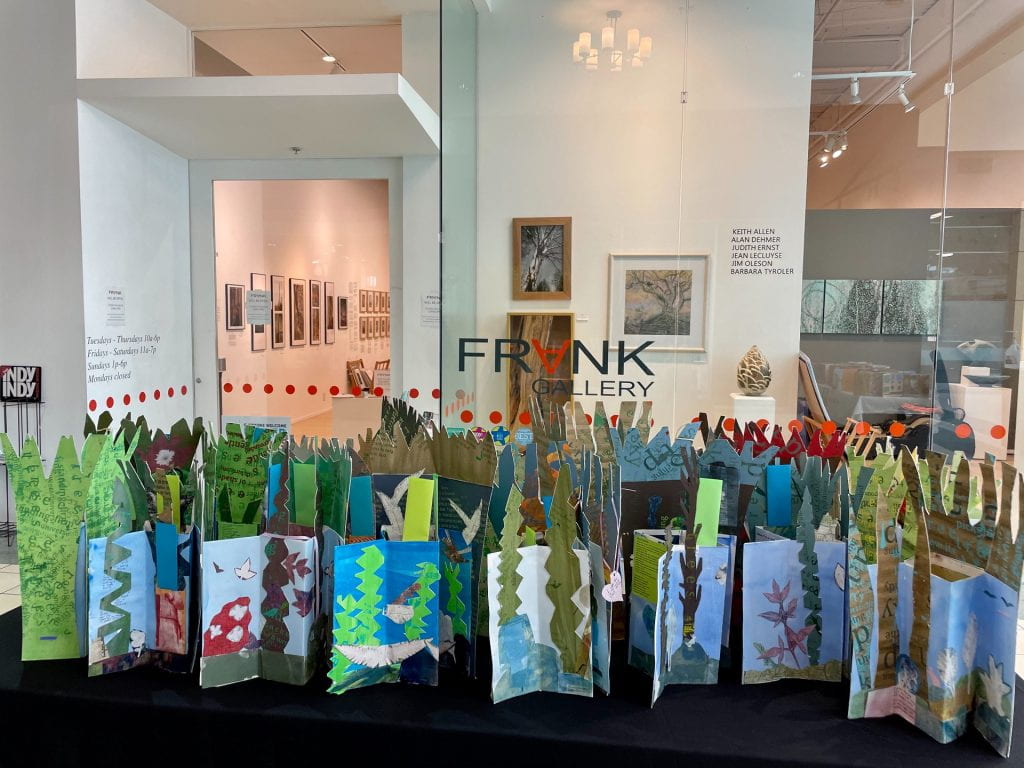Hello, today I’m writing about my TED Talk and my experience with it.
TED Talks are really interesting to do, especially with the process of it. The first thing we did before we started wasn’t even brainstorming. It was watching TED Talks on the TED website, or on the app.
The reason why we started watching talks was so we could understand what they are, how they work, and how the speakers convey their messages. TED Talks are used to make a point or to tell a story, or both. They also do many other things.
One of the things that we were meant to study while looking at these talks was how the speaker opened the talk. Did they start with a question? A statement? A picture? How did they draw the listeners in?
The next step was to brainstorm ideas for what we wanted our TED Talks to be about. I heard many ideas, like climate change, RVs and how they work, sleep, psychology, emotions, and many more. My personal topic was about how experiences shape people, and about diverse thought and action.
After we figured out our topic, we had to figure out two more things: why it was important to us and what our through line was.
The first question was pretty self-explanatory. My topic was important to me because of all of the experiences that had happened to me, and how they changed me. Equality is also really important to me, and that was a factor too.
The second question is a little more confusing. A through-line is the sequence of things you are going to talk about. In a TED Talk, the goal is to hit each point in your through-line. The through-line also helps you stay on topic, and it prevents you from going off on irrelevant tangents.
My through-line was simple and easy to complete, so I managed that with ease. For other people, it wasn’t as simple.
After we figured out the answers to those two questions, we started working on what we were going to say, and how we wanted our slides to look. A tip from a book we read, Thank You for Coming to my TED Talk by Chris Anderson with Lorin Oberweger, said that our slides should be simplistic and clear. Too much text can override what you’re saying. If you put exactly what you’re saying on the slide, the crowd would have already read your slide and would be ready to move on. If you’re going to have pictures, have them be full bleed, or have them fill up the entire background. Backgrounds should be all one color.
Tips like those helped us understand how to put together our presentation, and helped us do a TED Talk that people could understand.
Here is an excerpt from my script:
I’m going to be entirely honest; I walked into this hoping not to fall flat on my face. I was nervous. Excited, too, of course, but nervous. The nervousness changed my perception of what I was about to do because of the intense emotion I felt. But now that I’m up here, it’s slowly going away. And that experience is showing me that whatever it is that I’m nervous about isn’t as scary as I always think it is before I go and do it. This is going to change me.
Finally, after the writing and planning and practicing was over (we did a LOT of practicing!), we started to present. It took four days for everyone to present, and over that time I learned so much about so many topics! TED Talks are interesting, engaging and there are so many things to talk about.
Thank you for reading this blog post of my TED Talk, and the process.

Me giving my TED Talk
 On the week of March 15, we began our tree books.
On the week of March 15, we began our tree books.